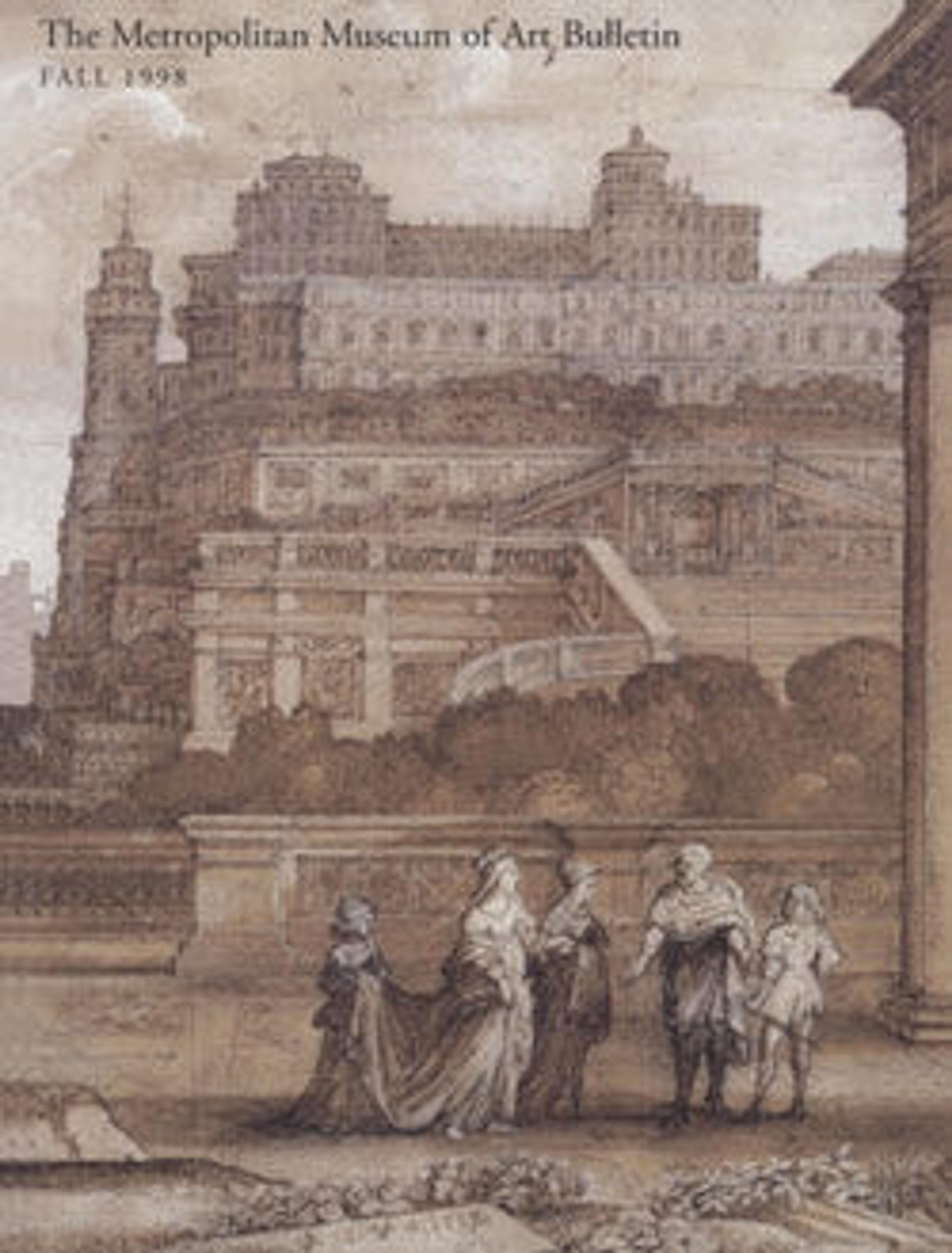Odalisque with Gray Trousers
Artwork Details
- Title:Odalisque with Gray Trousers
- Artist:Henri Matisse (French, Le Cateau-Cambrésis 1869–1954 Nice)
- Date:1927
- Medium:Oil on canvas
- Dimensions:25 5/8 in. × 32 in. (65.1 × 81.3 cm)
- Classification:Paintings
- Credit Line:The Walter H. and Leonore Annenberg Collection,
Gift of Walter H. and Leonore Annenberg, 1997,
Bequest of Walter H. Annenberg, 2002 - Object Number:1997.400
- Rights and Reproduction:© 2025 Succession H. Matisse / Artists Rights Society (ARS), New York
- Curatorial Department: Modern and Contemporary Art
Audio
6408. Odalisque with Gray Trousers
Gallery 823
Generations of French artists were enthralled with the pictorial possibilities of what they called the Orient. This infatuation with the East was called Orientalism. And many Orientalist pictures represent the female nude. This Orientalist painting by Henri Matisse, dating from the late 1920s, shows an odalisque, naked except for a pair of gray trousers, reclining in an exotic interior.
Although his choice of subject was clearly legitimized by the venerable pedigree of nineteenth-century Orientalism, Matisse, like Delacroix before him, had actually traveled to Northern Africa in the early nineteen-teens. Thus, he attempted to justify his engagement with the theme on more immediate, less exalted grounds. "I paint odalisques in order to paint the nude," he said, "and also because I know it exists. I was in Morocco. I saw it."
More Artwork
Research Resources
The Met provides unparalleled resources for research and welcomes an international community of students and scholars. The Met's Open Access API is where creators and researchers can connect to the The Met collection. Open Access data and public domain images are available for unrestricted commercial and noncommercial use without permission or fee.
To request images under copyright and other restrictions, please use this Image Request form.
Feedback
We continue to research and examine historical and cultural context for objects in The Met collection. If you have comments or questions about this object record, please contact us using the form below. The Museum looks forward to receiving your comments.
